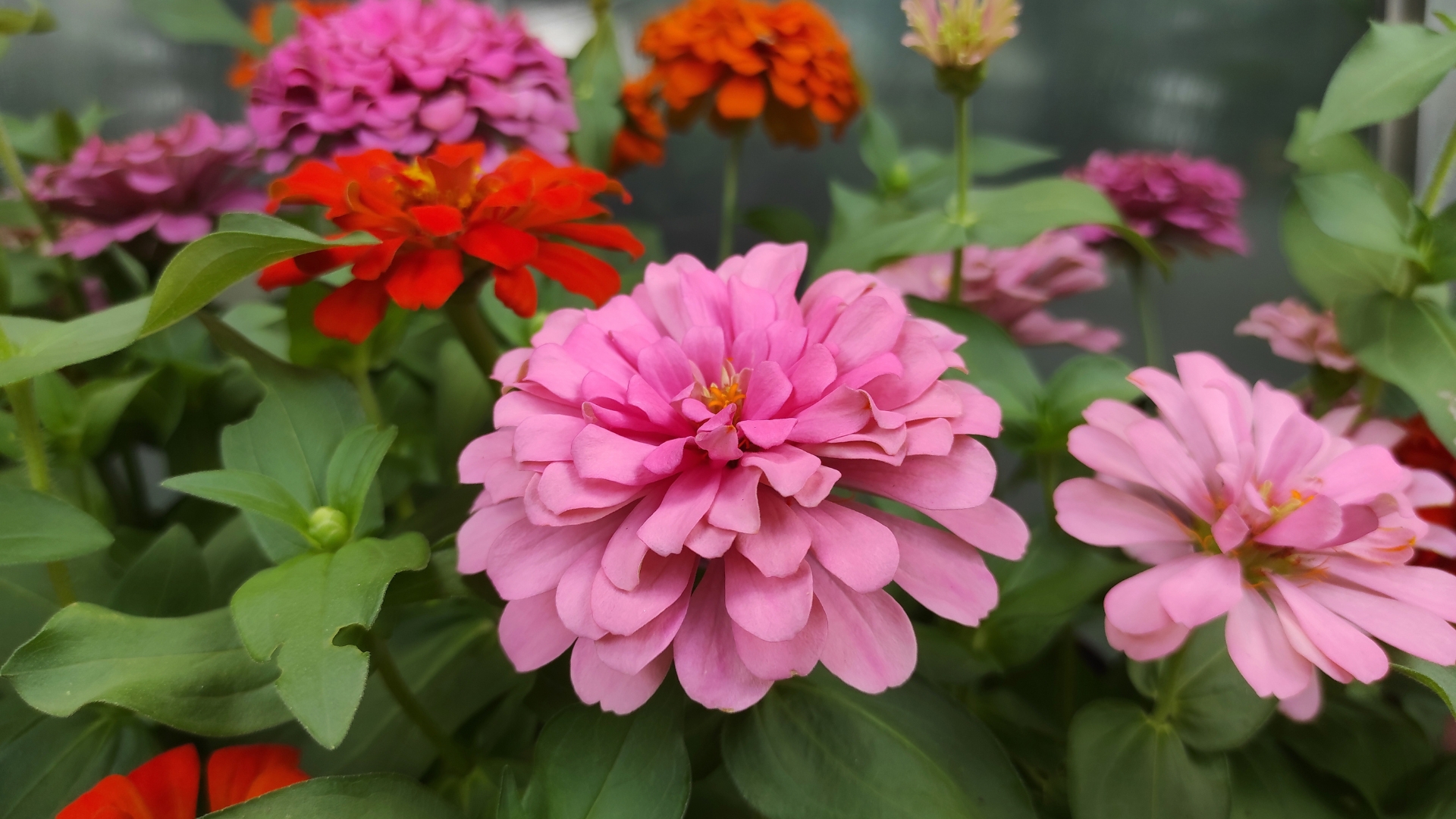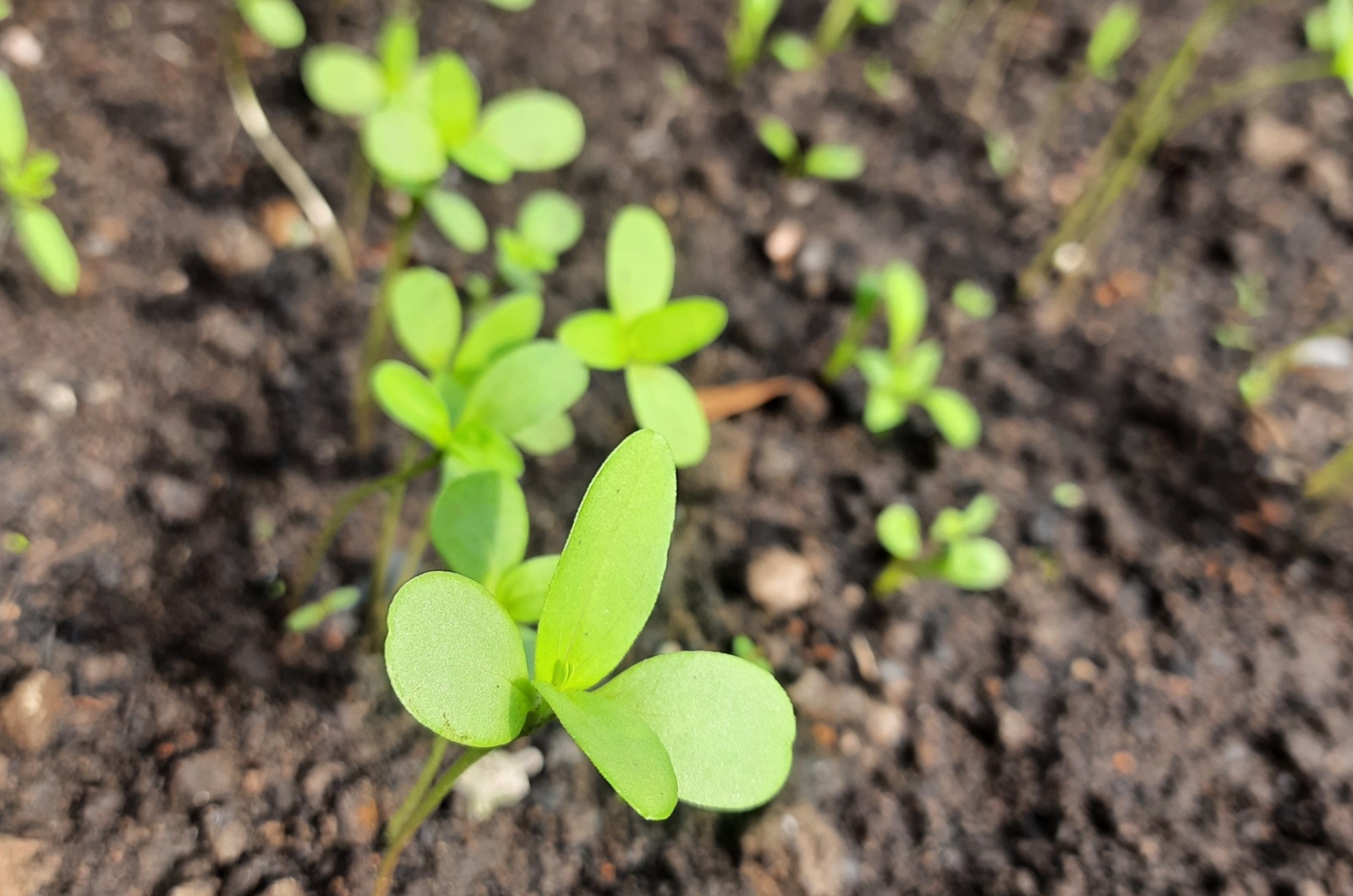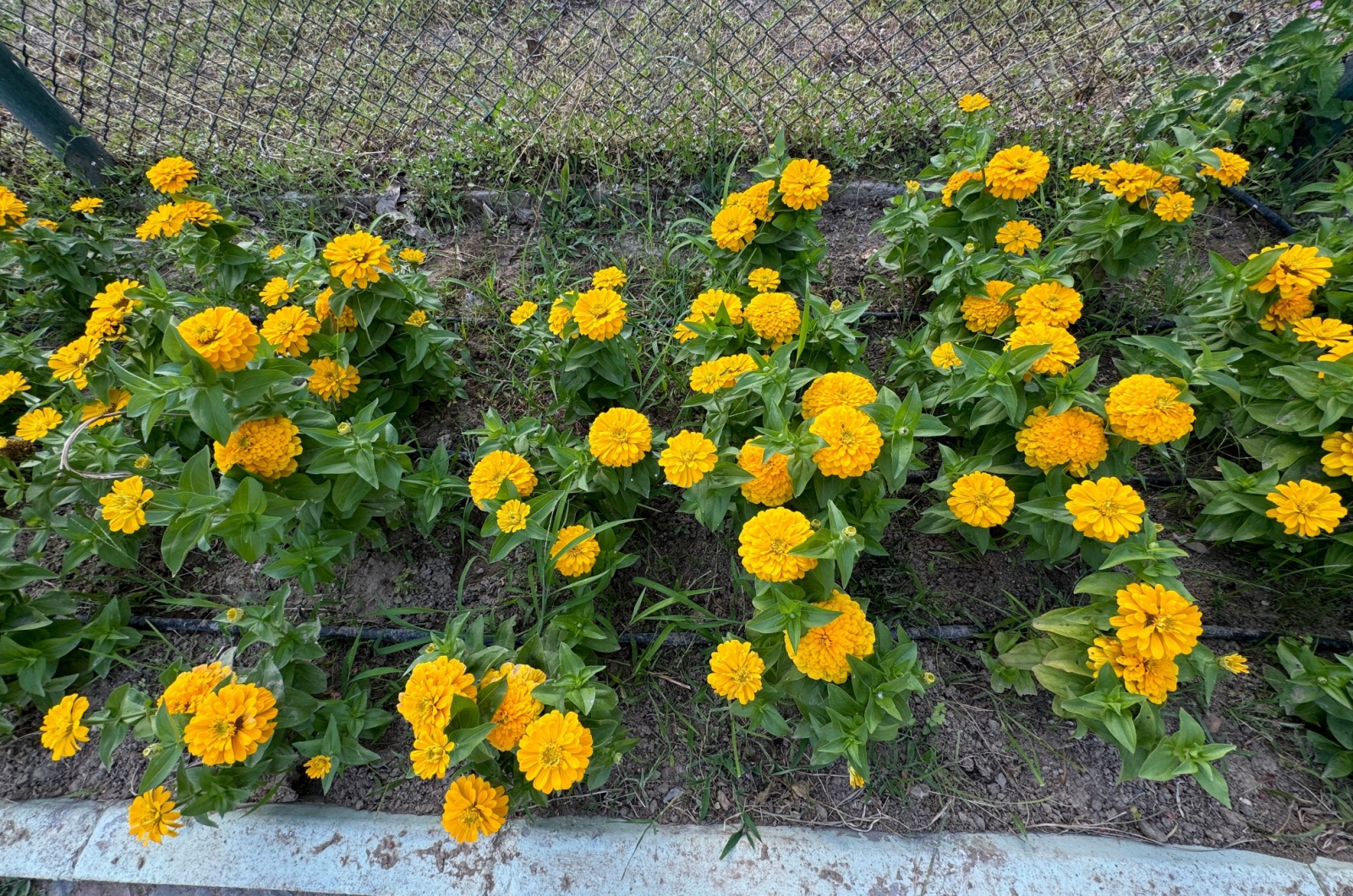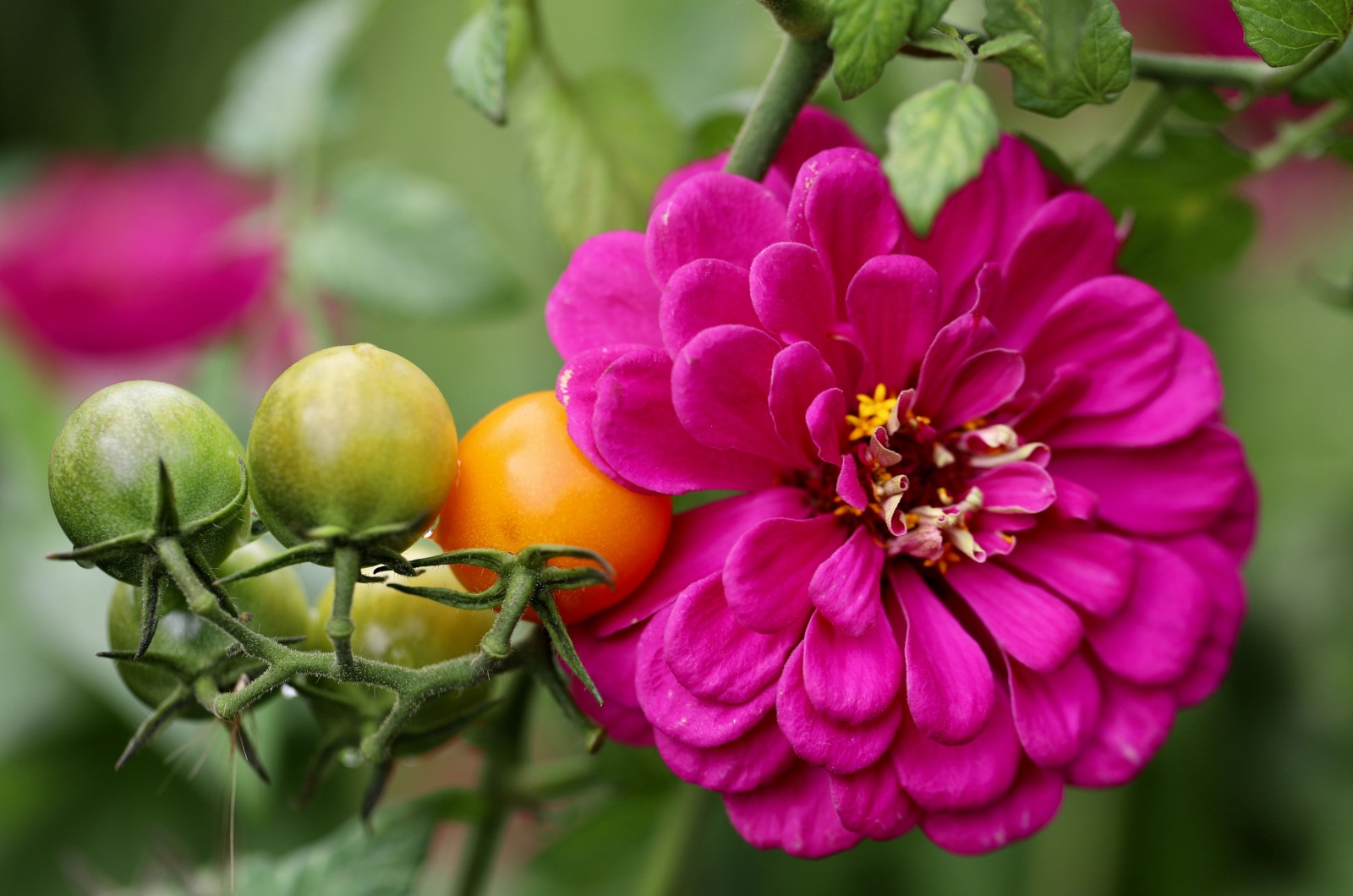Brightly colored zinnias adorn summer gardens worldwide; well, it shouldn’t be any other way. They’re definitely one of my favorite flowers and I couldn’t imagine a season without them.
Every year, I start some seeds indoors for earlier blossoms and leave some for direct sowing to enjoy the blooms longer.
If you don’t have any zinnias in your garden and think it’s too late to start the seeds, you may be surprised – you can still make hay while the sun shines!
We don’t have much time left, so let’s get straight to the point:
August Is Your Last Call!
Admit it, it’s pretty shocking to learn that you can enjoy zinnia blooms planted this late. Soil temperatures will remain warmer for some time, so it would be a shame not to use the opportunity.
This especially refers to warmer regions. Here in Florida, gardeners sow zinnias well through August and the plants bloom abundantly.
For Georgia and slightly cooler regions, it may be better to finish planting in early August just in case temperatures suddenly drop.
You see, zinnias are annuals which means they won’t come back the next year, so we should focus on this season only.
Soil temperatures should be around 70 degrees for the zinnia seeds to germinate successfully.
Remember that these rules apply to the seeds started directly in the ground.
For next season, you can start the seeds indoors a few weeks before the last expected frost and transplant the zinnia seedlings once the soil temperatures increase.
Use These Tips To Plant Your Zinnias
If you’re obsessed with zinnia blooms (you’re not the only one), you need to put some effort into planting for the best results.
The first thing to do is select a perfect location. Yes, it would be great to just plant the seeds in that shady garden bed that lacks color, but things don’t go that way.
Zinnias need a lot of full sun or they won’t reward us with their spectacular blossoms. Plus, you need to ensure quick-draining soil and amend it to be fertile enough for healthy zinnia growth.
If you’re starting the seeds directly in the ground, you need to sow them at a depth of approximately ¼ of an inch. Spacing mainly depends on the type of zinnia you grow but, in general, it’ll be somewhere between 1 and 2 feet.
You may have heard that zinnias are pretty drought-resistant. Yes, that’s true but it applies only to well-established plants. Young seedlings will need a lot of water to develop, so make sure you add water whenever the soil feels dry to touch.
I feed my zinnias monthly during the growing season with a fertilizer high in phosphorus. It promotes blooming and the blooms last longer!
And Here’s How You Can Use Zinnias In Your Garden!
These are pretty versatile flowers, so you have a lot of options here. They have a fast growth rate, so they’re perfect for filling the gaps in your summer garden.
If you have issues with annoying weeds, zinnias can help you with that. Simply plant them where you don’t want to see any weeds, and enjoy the magic!
I know that some gardeners prefer specific designs and color palettes. Well, there are numerous zinnia varieties and they come in multiple colors and sizes, so you won’t have trouble finding the one for your garden.
And now the best part! Did you know that zinnias make perfect companion plants? They attract pollinators, so planting them next to your veggies seems like an excellent idea!
Just don’t forget to take some zinnia seeds and save them for next season!
Zinnias are the jewel of every garden. With the right planting time, you’ll get the chance to enjoy their splendid blossoms later in the season!




